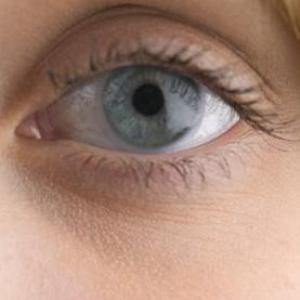CSMS Magazine Staff Writer
Eyesight is one of the most attributes in someone’s life. There are so many beautiful sights to see, so many attacks—personal or otherwise—to prevent, so many books to read, one wonders what would our lives be without being able to see? As we get older, just as other parts of the body, our eyesight is being compromised with the age of time. Preventive measures are always the key to preserving the longevity of our perfect eyesight.
The simple secrets of avoiding serious eye troubles
Everyone over 40-not just those who wear glasses or contact lenses-should see an ophthalmologist once every year or two…and then annually after age 65. Most eye problems develop slowly, but the major diseases increase sharply after age 65. Test for eye health costs approximately $50 to $125. A visual field test for peripheral vision costs another $75.
Downside
Medicare may not pay for preventive care, especially if the doctor doesn’t find a problem. The three most common eye diseases are cataracts, glaucoma and a disease that is less familiar to most…macular degeneration. A cataract is a human eye lens that has lost some of its clarity and become cloudy or opaque. Age-related cataracts, the most common type, can start as early as age 40.
Rarer causes
Eye injuries…certain drugs, including steroids (such as prednisone or cortisone)…diabetes. Many people have some degree of cataract formation by their 60s or 70s. The extent of impairment depends on the location and extent of haziness in the lens-as well as to what the individual person is accustomed. A person who does crossword puzzles or fine sewing might be more bothered by cataracts than someone who doesn’t do close work or much reading.
The most common types of cataracts progress slowly and symptoms can be treated as they develop. In early stages, cataracts are treated with new eyeglass prescription and the use of sunglasses. Relatively few people with cataracts require surgery. When surgery is necessary, however, it’s nice to know that cataract surgery is one of the most consistently successful operations performed today. Unless an additional eye disease has intruded, the chance of restoring vision to its former level is more than 95%. The surgeon removes the cloudy inner part of the human lens (cataracts) and replaces with an artificial lens.
The outer part in place
Human lens (the capsule) is left in place. About one-third of the time, the capsule grows hazy and an opening must be cleared with painless laser treatment months or year later. Previously, treatment techniques required waiting until cataracts was “mature” before it could be frozen and removed. Now the timing is based on individual need, such as a person’s inability to drive a car or play golf. Cataracts surgery enables many people to drive for the first time in many years.


